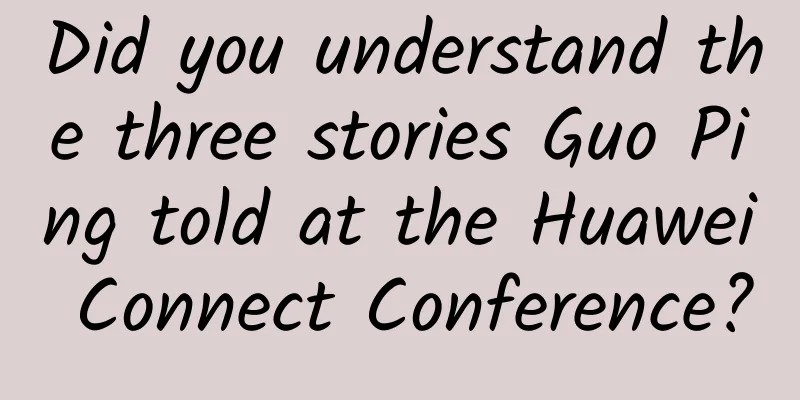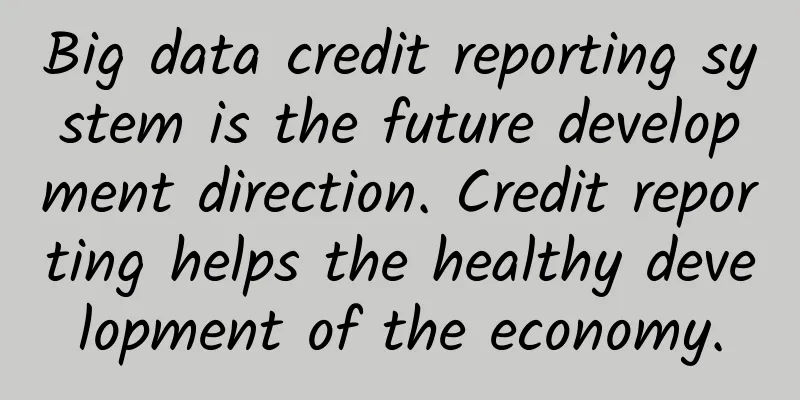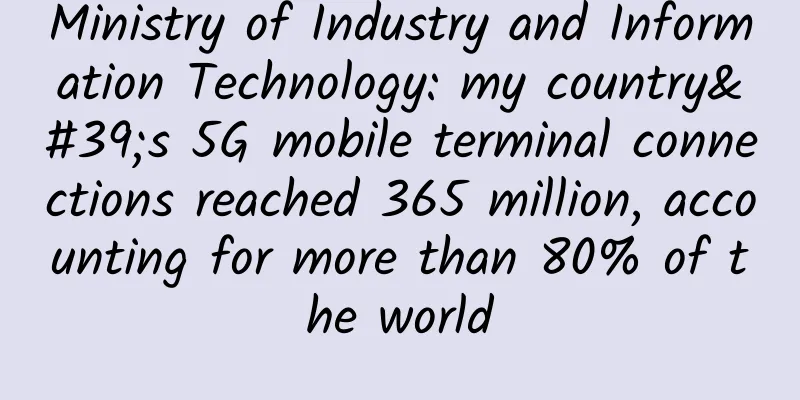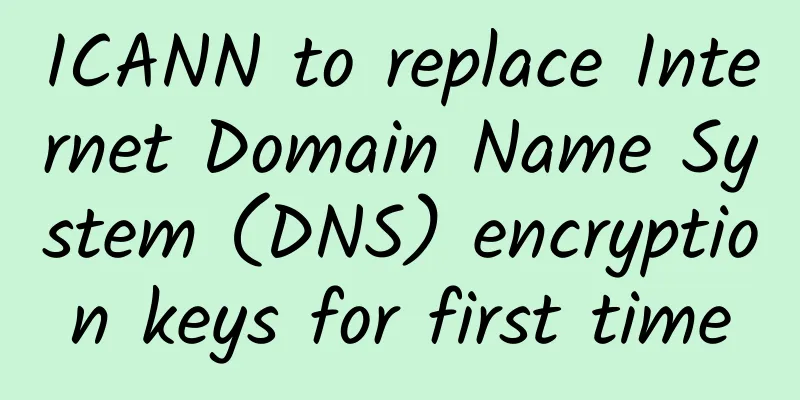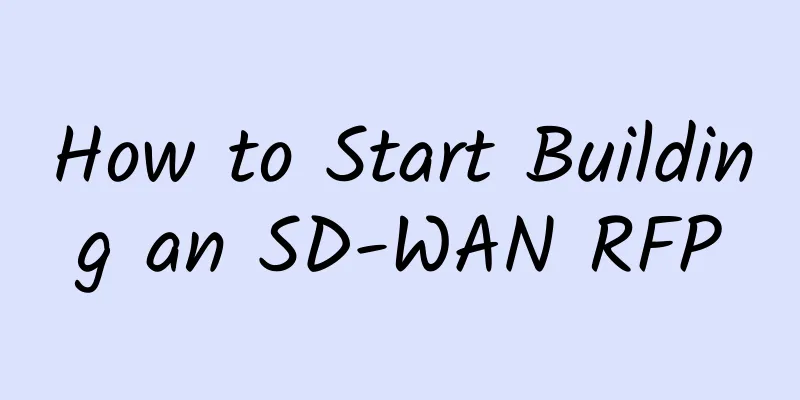HUAWEI CONNECT 2017 is coming, and the digital transformation of the industry will open up new growth space
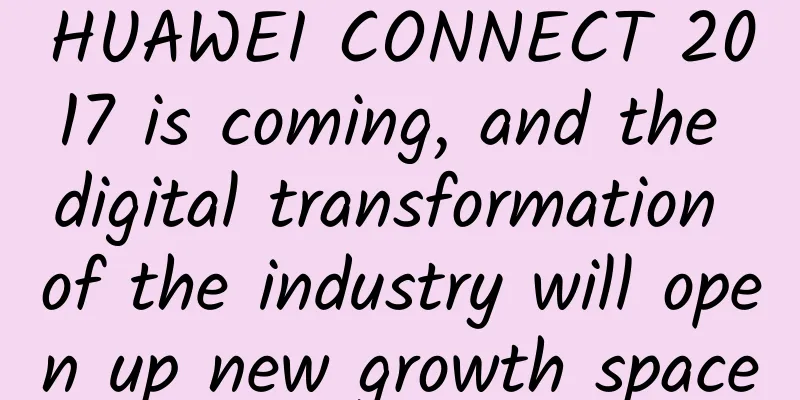
|
At the 2017 Huawei Analyst Conference in April 2017, Xu Wenwei, President of Huawei Strategic Marketing, said that a hundred years ago, all walks of life in the United States launched a vigorous electrification process, and power generation increased 24 times from 1900 to 1930. Power generation is called the "thermometer of economic operation." Today, as new ICTs such as cloud computing, big data, and the Internet of Things gradually become commercial and industrial infrastructure, the past "power consumption" will be measured by "cloud usage" in the future. The future is here! An upgraded battle for industry digital transformation based on new ICT is about to begin. As an enabler of industry digital transformation, Huawei has proposed the Global Industry Vision (GIV) at the upcoming HUAWEI CONNECT 2017. GIV predicts that most of the business processes of enterprises will be transformed by digital technology by 2025, all enterprise information technology solutions will be cloud-based, and more than 85% of enterprise applications will be deployed on the cloud. The battle for the digital transformation and upgrading of the industry in the next eight years begins at HUAWEI CONNECT 2017. "Cloud usage" is no longer a future tense, but a present tense! An upgraded industry digital transformation is triggering new growth space, and the infinite digital dividends contained in industry digitalization provide new business opportunities and huge development opportunities for millions of companies. The digital transformation of the industry is accelerating and upgrading In March 2017, the digital economy was included in the government work report for the first time. This year's government work report pointed out that it is necessary to promote the in-depth development of "Internet +" and promote the accelerated growth of the digital economy. From Internet + in 2015, to the sharing economy in 2016, and then to the digital economy in 2017, the annual government work report is the industry's weathervane. This year, the instructions are more specific, to completely cancel domestic long-distance and roaming charges for mobile phones within the year, and to significantly reduce the Internet dedicated line access charges for small and medium-sized enterprises, which further expresses the determination to "accelerate growth." At the end of July, Premier Li Keqiang visited China Telecom, China Mobile and China Unicom and said that the information and communication industry is the most growth-oriented, key and basic industry in the national economy. In recent years, my country's information consumption, mobile payment transactions, and e-commerce scale have shown a rapid growth trend, and the digital economy has great development potential. We must follow the development trend of "Internet +", actively cultivate and expand emerging information technology industries such as cloud computing, the Internet of Things, and smart terminals, and widely penetrate into all walks of life, constantly giving birth to new industries, new formats and new models, and accelerating the transformation of traditional industries to digitalization, intelligence, and greening. The prime minister's speech twice a year on accelerating the growth of the digital economy and accelerating the digitalization of traditional industries has undoubtedly declared that 2017 is the year of upgrading the digital transformation of the industry. According to the GCI (Global Connectivity Index) 2017 report released by Huawei, the global digital economy process is accelerating, and the overall GCI score has increased by 4 points compared with 2015. This shows that ICT is becoming an important driving force for national economic growth. China's GCI is in the accelerated stage of transformation from a starter to a leader, and is in the rising stage of acceleration. (The above chart shows that China's digital economy is in a critical period of accelerated growth, source: Huawei GCI 2017 report) For enterprises, how can they seize various opportunities in the process of moving towards an intelligent society to achieve a new round of growth? Huawei's answer is: any organization, including enterprises, governments, non-profit organizations, and schools, must become a digital organization. Among them, connection is the key first step in the transformation of digital organizations. For example, Huawei provides GSM-R wireless communication, transmission, data communication and other solutions for the United Arab Emirates Federal Railways. After more than ten years of development, Huawei's railway operation communication solution has completed interoperability testing with mainstream railway signal and communication system manufacturers in the industry, providing mobile communication services for multiple railway lines. Digital transformation defines new growth in the industry According to statistics, 67% of the world's top 1,000 companies and 50% of China's top 1,000 companies have made digital transformation their core strategy. IDC believes that 2017 will be the first year of digital transformation for all industries. 197 of the latest Fortune 500 companies and 45 of the top 100 companies have chosen Huawei as their digital transformation partner. They have defined "new growth" through their own practices, including reshaping products, business and industrial organizations, and many other methods. Reshape products. With the help of new ICT such as cloud, Internet, mobile Internet and Internet of Things, we are bidding farewell to the era of independent hardware products and entering the smart ecosystem. The smart product ecosystem can optimize and extend the product life cycle and create new digital services to bring additional growth space. In the manufacturing industry, Huawei and GE Digital jointly released an industrial predictive maintenance solution based on the industrial cloud, which seamlessly integrates Huawei's EC-IoT (Edge Computing IoT) solution and GE's industrial Internet cloud platform Predix to quickly achieve end-to-end interconnection from industrial equipment to cloud applications, real-time monitoring of equipment status, data analysis and insights, and intelligent maintenance decisions. In the digital industrial era, this solution helps manufacturers reduce maintenance costs, prevent unplanned equipment downtime, and drive product and service innovation. Currently, the solution has been applied to Schindler elevators. Schindler Group is the world's leading supplier of elevators, escalators and related services. More than 1 billion people use Schindler's mobile solutions every day. In September 2016, Schindler Holding and Huawei announced that they would work together to develop IoT components to achieve seamless connection of elevators and escalators. The new IoT connection solution is an important part of Schindler's elevator digital platform, which will enable Schindler to better monitor, analyze and utilize the data generated from the operation of elevators and escalators. Schindler Group said that the cooperation with Huawei will extend Schindler's digital ecosystem and significantly shorten the time to market for new digital products. Reshape the organization. In the past, enterprise informatization formed information islands one by one, but new ICT such as cloud and mobile Internet have opened up the information islands of enterprises, greatly promoted the circulation of information within the enterprise, and greatly improved the operational efficiency and productivity of enterprises. Secondly, new ICT has broken through the limitations of geographical location and time and space, and easily expanded the scope of enterprise operations to the global market. An ecological platform that connects the upstream and downstream of the industry has also fundamentally changed the production system, circulation system, financing system and delivery system. Huawei and German technology service provider GELSEN-NET have collaborated to deploy the first safe city solution in Germany: the city of Gelsenkirchen. Through Huawei's wired and wireless broadband networks and the Internet of Things (IoT), the ubiquitous broadband network has connected various information islands in the city, making public services in Gelsenkirchen readily available. Large-scale network access, such as free Wi-Fi access in public places, Internet access in buses, and optimized coordination between security and emergency agencies, has brought new digital space to the city of Gelsenkirchen. In addition, many industries believe that improving business operational efficiency is the most direct and fastest way to gain new growth. In the financial industry, Huawei and its partners implemented the Pacific Insurance Excellent Customer Management System for Pacific Insurance. After the system was launched, it met the mining and analysis needs of more than 200 business systems and 80 million customers. It can support up to 4,000 nodes, with an average query response time of 3 seconds and data delivery time of 10 seconds. It achieves "real-time mapping and second-level presentation". Through this system, Pacific Insurance can establish more effective connections with its customers. In the energy industry, Huawei's SAP HANA all-in-one solution serves PetroChina's ERP (core BW), which carries the financial statements of nearly 100 secondary units of the group. The value brought by Huawei's SAP HANA all-in-one solution to PetroChina's ERP system includes: increasing the storage network bandwidth by about 6 times, improving the HANA database loading performance by about 50%; reducing the complex query time of 18 billion data from 17 seconds to 3 seconds, etc. The rapid improvement of data query and circulation has enabled PetroChina to maintain its competitive advantage in the digital age. In the transportation industry, the United Arab Emirates Federal Railway is an important part of the GCC Railway (Persian Gulf Railway). The railway signal of the entire network is based on the ETCS L2 standard. Huawei provides GSM-R wireless communication, transmission, data communication and other solutions to ensure safe and efficient operation of the railway. After more than ten years of development, Huawei's railway operation communication solution has accumulated rich experience in railway communication delivery and successful commercial cases around the world. Huawei's GSM-R solution has completed interoperability tests with mainstream railway signal and communication system manufacturers in the industry, and provides mobile communication services for multiple railway lines. With the active participation of industry giants such as Huawei, industry digitalization is entering a stage of acceleration from 1 to N. In the acceleration stage, industry digitalization in all walks of life presents a flourishing trend, and Huawei provides a powerful industry digitalization platform as support. Today, we have entered the era of Cloud 2.0. In the Cloud 2.0 era, Huawei provides innovative, differentiated, and leading ICT hardware and software infrastructure to build an open, elastic, flexible, and secure platform to help customers accelerate digital transformation and open up huge space for new business growth. |
<<: Ten tips to increase page browsing time
>>: The future of TMT regulation: from telecom operator networks to OTT network effects
Recommend
HostKvm: 30% off Hong Kong VPS, 4.9/month KVM-1G memory/10G hard disk/50M bandwidth
HostKvm is a foreign VPS service provider founded...
Security and Reliability of Critical Infrastructure Fiber Optic Networks
Figure 1: Growing Asia Pacific fiber optic market...
The second decade of cloud computing: How will the three major operators welcome it?
In 2018, my country's cloud computing entered...
China Mobile's 4G users exceed 500 million, with average monthly data usage exceeding 1G
On December 20, Beijing time, China Mobile Chairm...
Soul's three major synchronization strategies for configuring cache for high-availability gateways
Preface The gateway is the entrance for traffic r...
How to detect live hosts in the intranet
During penetration testing, when we take down a s...
Cisco's "World Internet of Things Day" special event brings Internet of Things education to Beichuan
On the occasion of the first "World Internet...
Interviewer: Can you tell me about the release process of WeChat Mini Programs?
[[431428]] This article is reprinted from the WeC...
Breaking news: Why has Huawei LampSite won the GlobalData Indoor Small Site Rating for three consecutive years?
Recently, GlobalData, a telecommunications indust...
Let’s talk about the privacy and security of 5G technology
On March 17, 2022, the European Parliament's ...
AkkoCloud: US/Germany/UK CN2 GIA line VPS annual payment starts from 299 yuan, 300-600M large bandwidth
AkkoCloud has launched a large number of VPSs in ...
The three major operators may trial commercial 5G networks in September this year: the traffic fee is 1 yuan per 1G, will you use it?
On March 10, China Mobile announced that by the e...
Daily Bug Troubleshooting-All Connections Suddenly Closed
Preface The daily bug troubleshooting series is a...
Does your phone support 5G wifi? Is 5G Internet access really fast?
Now, China Telecom and China Unicom's 100M fi...
[Black Friday] ITLDC: Unlimited traffic VPS annual payment 40% off €22.98/year, 15 data centers in the United States/Singapore/Netherlands/Ukraine, etc.
ITLDC's Black Friday promotion targets regula...



